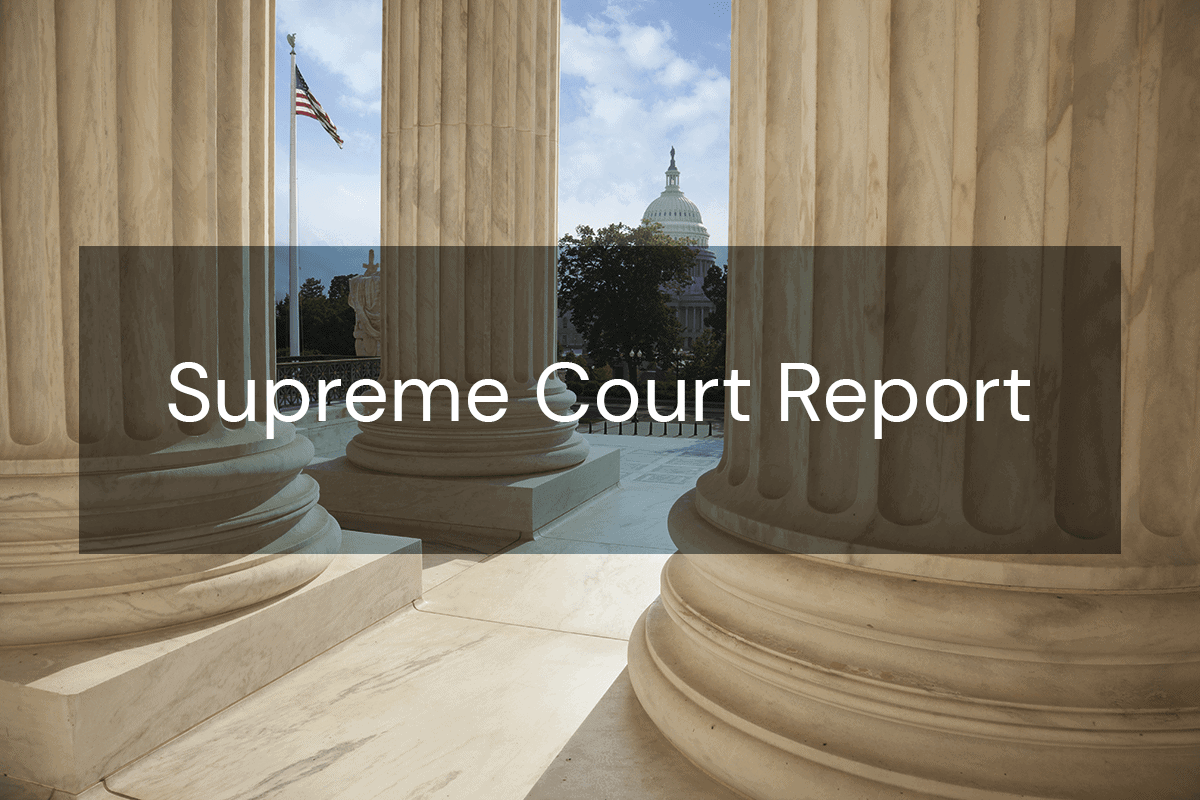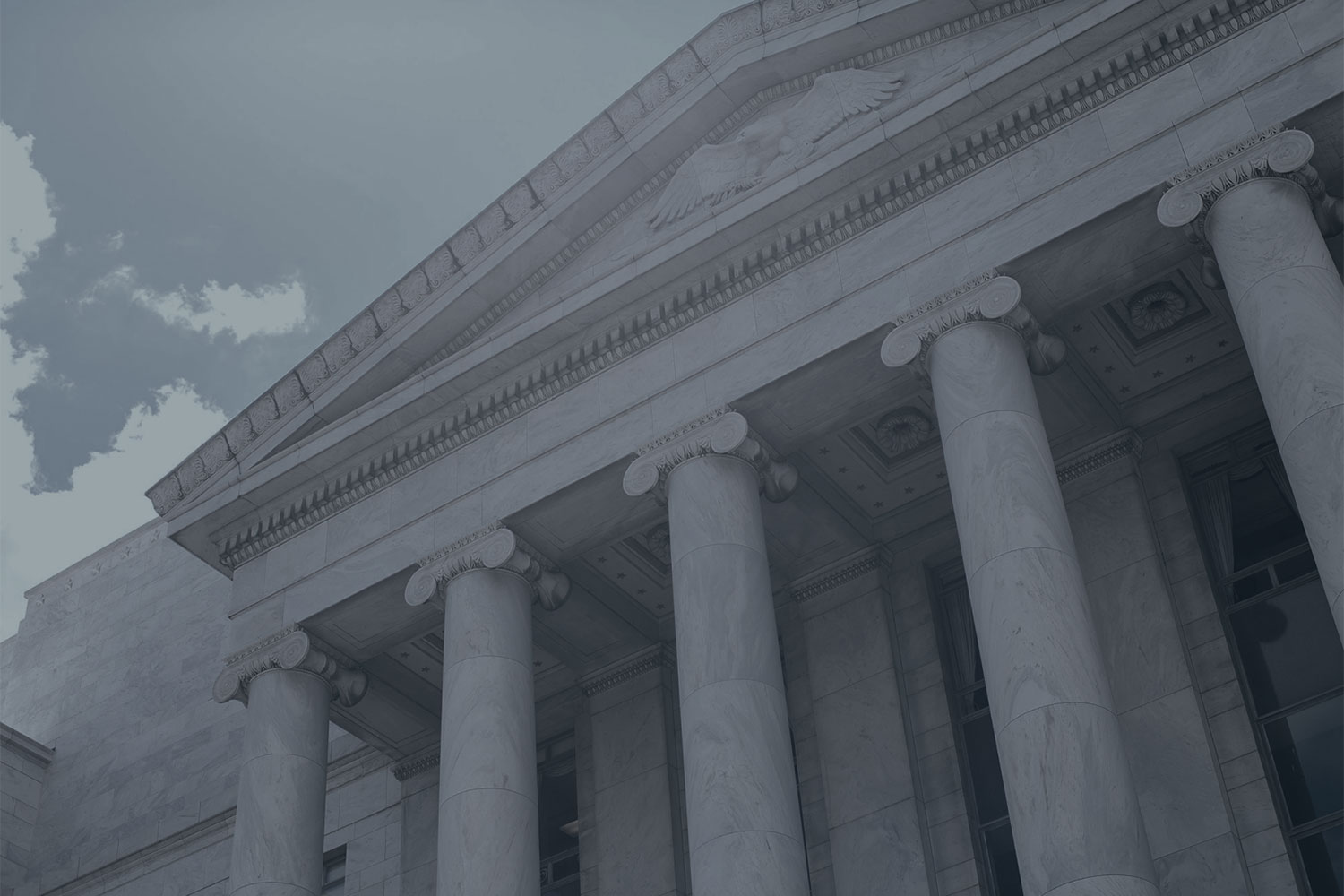-
 Director, Center for Supreme Court AdvocacyNational Association of Attorneys General
Director, Center for Supreme Court AdvocacyNational Association of Attorneys General

This Report summarizes cases granted review on June 27 and 30, 2022 (Part II).
Case Granted Review: Ciminelli v. United States, 21-1271
Ciminelli v. United States, 21-1271. The Court will resolve “[w]hether the Second Circuit’s ‘right to control’ theory of fraud—which treats the deprivation of complete and accurate information bearing on a person’s economic decision as a species of property fraud—states a valid basis for liability under the federal wire fraud statute, 18 U.S.C. §1343.” In 2012, the New York State governor created the “Buffalo Billion” plan, a program to invest one billion dollars in upstate development projects. The program operated this way: The Fort Schuyler Management Corporation (Fort Schuyler), a non-profit entity, would issue RFPs to choose developers and construction managers who would have a “first opportunity to negotiate with Fort Schuyler” over particular projects. A member of Fort Schuyler’s Board of Directors, Alain Kaloyeros, manipulated the process to benefit petitioner Louis Ciminelli’s company (and another company) by drafting the RFPs “in a way that would give [his co-conspirators’ companies] an advantage.” Fort Schuyler’s Board then chose those two companies and eventually awarded them construction projects worth (in Ciminelli’s case) $750 million. A grand jury indicted Ciminelli and charged him with, among other things, conspiracy to commit wire fraud, in violation of 18 U.S.C. §1349, and wire fraud in violation of 18 U.S.C. §1343. The district court instructed the jury on an expansive right-to-control theory, and the jury convicted Ciminelli of the wire fraud counts. The Second Circuit affirmed. 13 F.4th 158.
The Second Circuit stated that “[i]n a right-to-control case, ‘it is not necessary that a defendant intend that his misrepresentation actually inflict a financial loss—it suffices that a defendant intend his misrepresentations induce a counterparty to enter a transaction without the relevant facts necessary to make an informed economic decision.’” The court also stated that its decisions drew “a fine line between schemes that do no more than cause their victims to enter into transactions they would otherwise avoid—which do not violate the mail and wire fraud statutes—and schemes that depend for their completion on a misrepresentation of an essential element of the bargain—which do.” The court acknowledged that “the government offered little evidence that other companies would have successfully bid for the projects and then either charged less or produced a more valuable product absent the fraud.” But in the panel’s view, that evidence is not “a requisite for conviction.”
Ciminelli explains in his petition that, under the Court’s precedents, the federal mail and wire fraud statutes are confined to traditional “property fraud.” Yet, Ciminelli maintains, the right-to-control “theory targets deception without a concrete connection to traditional property interests. A scheme that deprives a person of economic information alone, without threatening economic loss, may violate an intangible interest or a sense of moral uprightness; it does not rise to the level of a property fraud.” Going into further detail, Ciminelli insists that, “[t]o determine what constitutes ‘property,’ this Court looks to ‘traditional concepts of property’. . . . Here, the common law does not establish a property interest in accurate information relevant to economic decisionmaking, as the right-to-control theory posits. Second, the theory turns on a form of asserted property that is not, and cannot be, ‘obtain[ed]’ by the defendant, and thus fails to satisfy the statutory ‘obtaining’ requirement.” Ciminelli adds that the right-to-control theory also would allow the government to circumvent the holding in Skilling v. United States, 561 U.S. 358 (2010), and would “infringe[] fair notice concerns, in turn violating cardinal principles of lenity, and would alter the federal-state balance without clear congressional authorization.”
The United States responds first by pointing to a jury instructions that (1) “’[p]roperty’ includes ‘intangible interests such as the right to control the use of one’s assets,’” and (2) “a scheme aims to deprive a person of that right if it contemplates causing the person to enter into an agreement or transaction that would cause the person ‘tangible economic harm.’” The United States then maintains that “[t]he jury permissibly found that petitioners’ scheme—which involved ‘falsely representing to Fort Schuyler that the bidding processes . . . were fair, open, and competitive, when, in truth, [they] were tailored so that [the other company and] Mr. Ciminelli’s company . . . would be selected as preferred developers’—caused tangible economic harm to Fort Schuyler. The prosecution’s evidence showed that the scheme deceived Fort Schuyler into awarding contracts to those companies, rather than other companies that could have provided better rates or superior services. The evidence showed, for instance, that ‘absent the fraud, Fort Schuyler would have considered more, and perhaps stronger, applications in response to the [requests for proposals].’ It also showed that, in the absence of the misrepresentations, Fort Schuyler ‘might have been able to select a preferred developer who could offer more favorable economic terms for development contracts.’” (Citations omitted.)



